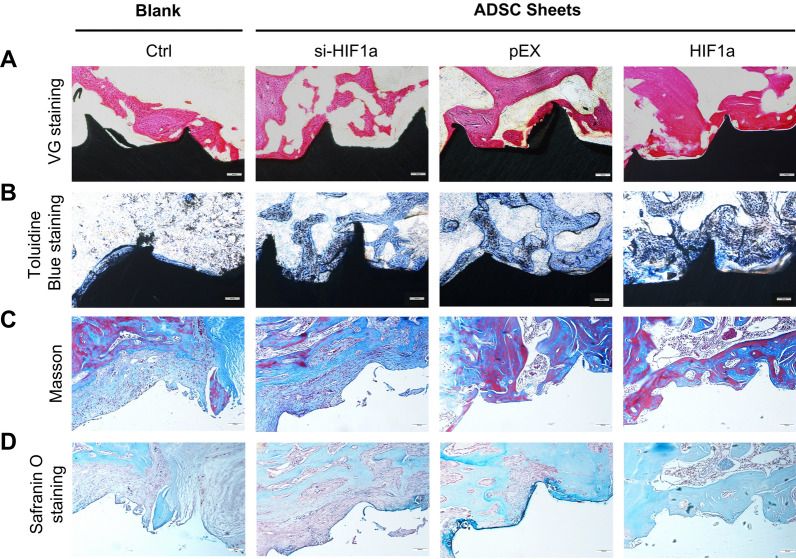Understanding the Mechanisms of Ginsenoside Rd in Enhancing Omentin Secretion and Cardiac Function in Heart Failure
Credit:www.freepik.com
Heart failure patients have long faced high hospitalization rates and poor prognoses, imposing a significant burden on society. Recently, the interaction between adipocytes and cardiomyocytes has provided new strategies for the prevention and treatment of heart failure. For instance, adiponectin alleviates pressure overload-induced heart failure by stimulating the secretion of exosomes from mesenchymal stem cells, while high concentrations of leptin contribute to heart failure by causing mitochondrial dysfunction in cardiomyocytes. Omentin, a novel adipokine, can reduce acute myocardial ischemia/reperfusion injury through AMPK and Akt-dependent mechanisms. However, the mechanisms by which adipocytes release omentin and how omentin potentially improves heart failure remain unclear. Ginsenoside Rd can promote the secretion of omentin in adipose tissue by activating the TBK1-AMPK signaling pathway. Wan et al. explored the potential mechanisms of ginsenoside Rd in the treatment of heart failure using various animal models and cell experiments, focusing particularly on its role in promoting omentin secretion in adipose tissue and improving mitochondrial biogenesis to alleviate myocardial injury.
First, researchers used C57BL/6J mice to induce heart failure models through transverse aortic constriction (TAC), coronary artery ligation (CAL), and isoproterenol (ISO) administration. The mice were divided into different treatment groups, including a sham operation group, a TAC group, Rd treatment groups (5 mg/kg, 10 mg/kg, 20 mg/kg), and an enalapril group (2.6 mg/kg). Left ventricular ejection fraction (LVEF) and left ventricular fractional shortening (LVFS) were measured by echocardiography, and the levels of MDA, LDH, and NT-proBNP in heart tissues were quantified. Subsequently, LPS-induced 3T3-L1 adipocytes were used to evaluate the effects of Rd on omentin expression. The expression levels of omentin and related signaling pathway proteins were detected by Western Blot, immunofluorescence, and real-time quantitative PCR (qPCR). Finally, primary neonatal rat ventricular myocytes (NRVMs) were employed to investigate mitochondrial biogenesis and oxidative stress-related indicators using flow cytometry and fluorescence microscopy.
Studies have shown that Rd treatment significantly increased LVEF and LVFS in TAC, CAL, and ISO-induced heart failure mice, demonstrating the effectiveness of Rd in improving myocardial contractile function. Rd treatment significantly reduced the levels of MDA, LDH, and NT-proBNP in the serum of heart failure mice, indicating that Rd can alleviate myocardial injury. In LPS-induced 3T3-L1 adipocytes, Rd treatment significantly increased the expression of omentin, as confirmed by Western Blot, immunofluorescence, and qPCR. The results indicated that Rd promotes omentin secretion by activating the phosphorylation of TBK1 and AMPK. The key role of this signaling pathway in omentin secretion was further validated using TBK1 and AMPK agonists and inhibitors. Transmission electron microscopy observations revealed that Rd treatment significantly improved mitochondrial morphology in the cardiomyocytes of heart failure mice, increasing mitochondrial length and reducing mitochondrial swelling. Rd treatment also significantly decreased the levels of mtROS in cardiomyocytes, and JC-1 staining showed an improvement in mitochondrial membrane potential.
In summary, this study validated the efficacy of Rd in promoting omentin secretion via the TBK1-AMPK signaling pathway and improving mitochondrial biogenesis and cardiac function in heart failure through the WNT5A/Ca2+ pathway using a series of cell and animal experiments. Rd not only significantly improved cardiac function in heart failure mice but also alleviated myocardial injury and oxidative stress through multiple biological mechanisms, providing new therapeutic insights and potential drug targets.
Although this study demonstrated the role of ginsenoside Rd in improving heart failure via the TBK1-AMPK signaling pathway and the WNT5A/Ca2+ pathway, further research is needed to elucidate the specific mechanisms in different types of heart failure, such as ischemic and non-ischemic heart failure. Future studies should also explore the potential efficacy and mechanisms of Rd in other cardiovascular diseases, such as hypertension and atherosclerosis, to develop new therapeutic strategies and drugs, bringing more innovation and breakthroughs in the treatment of cardiovascular diseases. Additionally, the application of emerging technologies like precision medicine, gene editing, and nanotechnology will provide tremendous prospects for the development of this field.
Reference:
Wan, Shiyao, et al. "Ginsenoside Rd promotes omentin secretion in adipose through TBK1-AMPK to improve mitochondrial biogenesis via WNT5A/Ca2+ pathways in heart failure." Redox Biology 60 (2023): 102610.







Post comments